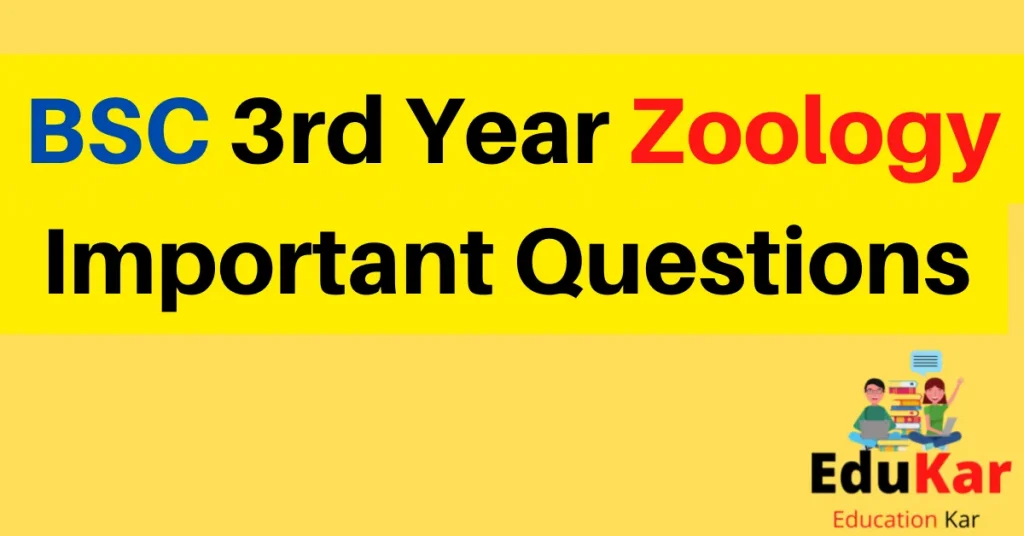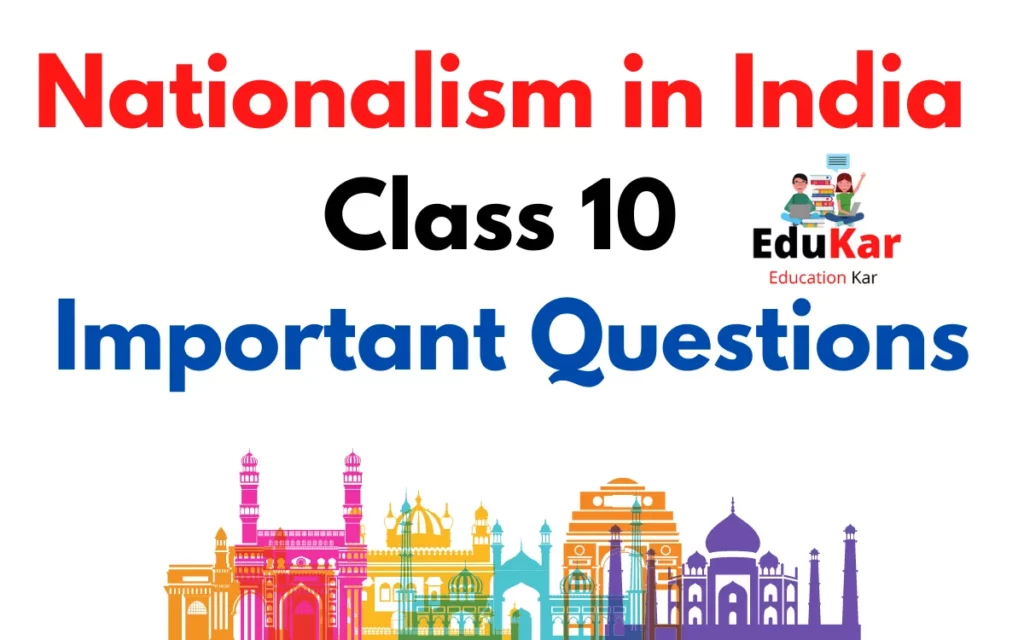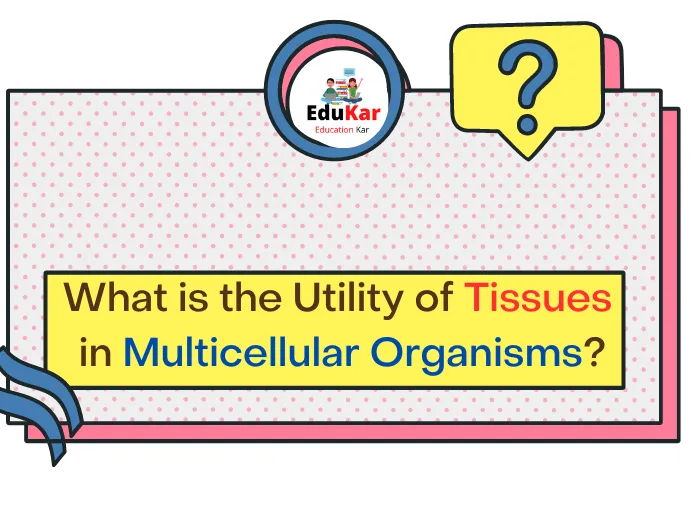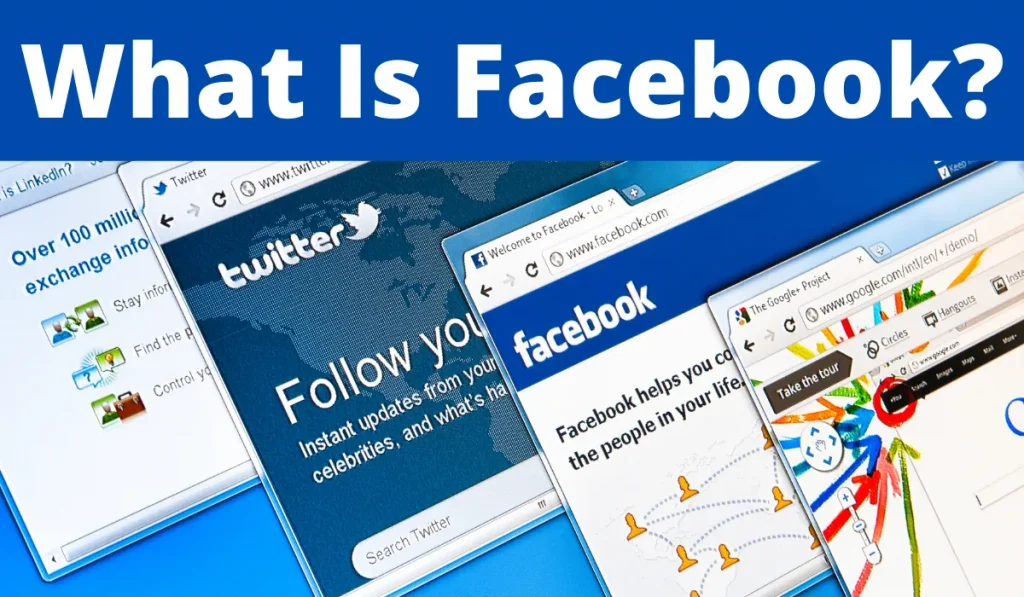Contents
- 1 Q1: What is Networking?
- 2 Q2: Define the term Packet Transfer
- 3 Q3: What is Wi-fi?
- 4 Q4: Difference between LAN & VAN?
- 5 Q5: Write any five application based messaging services?
- 6 Q6: What is a blog?
- 7 Q7: What are any 5 websites that provide blog services?
- 8 Q8: What do you mean by accessibility?
- 9 Q9: What are the features of Instant messaging service?
- 10 Q10: What is the difference between Website and Webpage?
- 11 Q11: What is the purpose of Internet security?
- 12 Q12: What are Sticky Keys?
- 13 Q13: What are Filter Keys?
- 14 Q14: What is the Internet?
- 15 Q15: What are the advantages of a computer network?
- 16 Q16: What is Modem?
- 17 Q17: What is packet switching?
- 18 Q18: What is an Anti-Virus?
- 19 Q19: What is an Online transaction?
- 20 Q20: What are the popular Online transaction websites?
- 21 Q21: What are cookies?
- 22 Q22: What are firewalls?
- 23 Q23: What is an E-mail?
- 24 Q24: What is a URL?
- 25 Q25: What do you mean by Tree topology?
- 26 Q26: What are the types of Internet Threats?
- 27 Q27: What is a Server & Client?
- 28 Q28: What is a dedicated server?
- 29 Q29: What is a web browser?
- 30 Q30: How data is transferred on the Internet?
- 31 Web Applications and Security Important MCQs
- 32 FAQs on Web Application :

Q1: What is Networking?
Ans: Networking is the process of linking computer systems together to allow information to be shared and resources to be used. Networking can be done through wired connections or wireless connections. The first computer network was the ARPANET. Networking can be used as a way to share resources such as data, software, or other computer hardware. Networking is useful because it allows computers to share resources or data. Networking can also be used to send messages or share files.
Q2: Define the term Packet Transfer
A packet transfer is the transfer of data through the use of packets, which is a unit of data that can be routed. Packet transfers are handled by a network layer protocol and are used by the Transmission Control Protocol (TCP) and the User Datagram Protocol (UDP).
The process is dependent on a variety of factors including the type of network, the type of data, and the amount of data being transferred. Packet Transfer is often used to send and receive both data and voice.
Q3: What is Wi-fi?
Wi-fi, short for wireless fidelity, is a network technology that allows people to use the Internet. Wi-fi works by sending and receiving radio waves that are broadcast from a “base station”.
Wi-fi is a very important service to have because it allows you to access the internet from anywhere in your home. It is one of the most well-known technologies used by people on the go. Wi-fi is also a great service for your business because you can use it to stream videos, podcasts, and more.
Q4: Difference between LAN & VAN?
LAN stands for local area network and VAN stands for virtual area network. They are both networks that are used for transmitting data and communication. However, the difference between the two is that LANs transmit signals between devices, but VANs transmit signals between networks.
Q5: Write any five application based messaging services?
There are many apps based messaging services that you can use to communicate and share information with your friends and loved ones. Some of these apps are
- Snapchat,
- Instagram,
- Whatsapp,
- Facebook messenger, and
- Telegram
Q6: What is a blog?
Blogs are large collections of links and other content that can be created, edited, and viewed by the public. Blogs are a type of website that allows users to read and share content, typically in the form of articles, stories, and multimedia files. Blogs can also be used as an online journal for personal or professional use.
There are many different types of blogs, such as personal blogs, magazine blogs, and business blogs. Blogs can also be used for news and political commentary. A blog can be used to represent an individual’s point of view, share information and views about a topic, or provide a place for people to come together to share stories, ideas, and experiences.
Q7: What are any 5 websites that provide blog services?
There are many different types of blog services which are best for your blog.
- Blogger
- WordPress
- Medium, and
- Wix
- Tumblr
- Weebly
Q8: What do you mean by accessibility?
Accessibility is about the ways in which people can access the internet. From a technical perspective, accessibility is about making sure that the internet is usable for all people, including those with disabilities. It also includes making sure that the internet is accessible to people with a range of different devices and platforms.
Q9: What are the features of Instant messaging service?
Many people use instant messaging service to communicate with friends, family, co-workers, and even strangers in their community. People often live in a world of online communication that includes email, phone, text, and instant messaging services, but not all of these are equally effective for communication.
Q10: What is the difference between Website and Webpage?
Website is an online digital business or organization’s homepage, while Webpage is a web page on a website. Websites are a collection of web pages and other related digital information that are all accessed via a common domain name. Websites are organized on the World Wide Web using hyperlinks that connect the documents, images, and other resources. In contrast, a webpage is a single web page.
Q11: What is the purpose of Internet security?
Ans: The main purpose of Internet security is to protect your devices from malware and other malicious software that can cause harm to your devices. Internet security is the protection of information and resources from any kind of damage caused by unauthorized use of a computer or network resources. This includes viruses, malware, phishing, and other cyber threats.
The purpose of Internet security is to protect the integrity, confidentiality, and availability of data, infrastructure, and applications. Internet security is the practice of protecting your network, data and personal information from harmful threats.
Q12: What are Sticky Keys?
Ans: Sticky keys are keys that stay down longer than the standard key. These keys can be found in many places, including the on/off button on a computer and the lock on a door. If you have a hard time pressing the keys on your computer keyboard, sticky keys can help. If you have trouble pressing the key on the door knob, sticky keys can help. Sticky Keys allow the user to press and release a modifier key, such as Ctrl, Alt, Shift etc.
Q13: What are Filter Keys?
Ans: The Filter Keys on your keyboard are a series of keys that let you quickly type a specific character. You can use them to type common symbols, symbols for the current language, symbols for the current font, or a symbol that makes sense within the context of the current document. To activate Filter Keys – Press and hold the Right Shift key for 8 seconds
Q14: What is the Internet?
Ans: The Internet is the global system of computer networks that use the Internet protocol suite to link devices worldwide. It is a network of networks that connect millions of computers worldwide, allowing users to communicate and share information. The Internet comprises a vast array of interconnected devices, running the Internet protocol suite, that are physically located in diverse locations around the world.
Q15: What are the advantages of a computer network?
Ans: Computers are essential to the modern world, and the world of computing has evolved significantly because of the computer network. The computer network has a number of benefits, including the ability to share information.
- Easy to use.
- An efficient way to share information.
- Don’t need to send physical files to people when you can just send them bits and bytes of information.
- Allows for easier storage and retrieval of information as well as the ability to share it.
- Provides a central point of access for each computer.
- You can have all of your files stored on the central computer and access them from anywhere.
Q16: What is Modem?
Ans: Modem stands for modulator/demodulator. A modem is a device that enables a computer and attached devices to communicate with each other over a telephone line.
There are two types of modems, analog and digital. Analog modems can only translate signals that are between 4,200 and 34,400 bits per second. Digital modems can translate signals from all ranges of digital signals. The modem can also be connected to a network of computers.
Q17: What is packet switching?
Ans: Packet switching is the process in which data is broken into smaller packets. It is a fundamental technique for many computer networking technologies, including the Internet. When it comes to packet switching, the sender sends the packet to the receiver in order to transmit the data. The receiver reassembles the data and sends it on to the next station in the network. Packet switching is a useful technique that allows computers to send data to each other.
Q18: What is an Anti-Virus?
Ans: An anti-virus program is software that protects your computer from viruses. It’s a type of security software that is installed to monitor, protect, and repair your computer against malicious software such as viruses, Trojans, rootkits and spyware.
Q19: What is an Online transaction?
Ans: Online transactions are made possible with the use of online commerce. It is a kind of transaction that can be conducted from one location to another. It is often seen as a digital version of a transaction that takes place in the real world. This is often done through the use of digital technology. The most common form of an online transaction is using UPI to make a purchase.
Q20: What are the popular Online transaction websites?
Ans: There are many popular Online transaction websites that you can use to buy online. The top three online transaction websites are:
- Google pay
- PhonePe
- BHIM
- Paytm
Ans: Cookies are a common feature on the internet. Cookies are small, text files that are stored on your computer or other device. They are often used to store information so that the website can recognize your computer or device. The website sends the information to the cookie, which then sends the information back to the website when you visit again. Cookies are essential for the functioning of many websites. Some websites require a cookie to function properly.
Q22: What are firewalls?
Ans: Firewalls are a type of security software that provides a barrier between your computer and the outside world. They prevent unauthorized access and monitor activity on your computer. A firewall is often installed on your computer in order to protect you from hackers and viruses.
It is also used to protect a network from the outside world. This is done by limiting the network usage and the amount of network traffic. Firewall is a computer program that is used to filter and control data packets in a local area network or a wide area network.
Q23: What is an E-mail?
Ans: An E-mail is a computer messaging system that allows a person to send typed messages to other computers. It is typically viewed on a computer screen and it is easy for people to find and send messages to each other with the help of an E-mail system.
There are many different ways to send messages with an E-mail. You can send messages via a computer, mobile phone, tablet, or even a computer system. An E-mail is a computer-assisted message exchange. It is a form of electronic communication that uses email, similar to the telephone, but the message is sent through a computer network using a standard Internet Protocol address. The E-mail can either be sent to one or more recipients or to one recipient and then forwarded to the recipients.
Q24: What is a URL?
Ans: A URL is a Uniform Resource Locator. It is the address you type into your browser that allows you to access various websites. Different websites have different URLs, but all URLs use a specific protocol. A URL is composed of a protocol type, a hostname, a path, and a file name. The file name is the name of the web page, which is found inside the file. Another way to think about it is that the URL is the address of the web page.
Q25: What do you mean by Tree topology?
Ans: Tree topology is a term used to describe the mathematical way we describe the connection between two nodes in a network.
There are two types of topologies: bus topology and ring topology. A bus topology is where the computers are connected to each other in a linear fashion, like a bus. A ring topology is where there are networks that are connected in a circular fashion.
Q26: What are the types of Internet Threats?
Security threats are a significant concern for many businesses and organizations. They can be something as simple as someone clicking on a malicious link, or something as complex as a malicious hacker attacking your company. In an effort to stay protected, you should be aware of the different types of Internet threats that exist. Below are the common types of Internet threats that are out there:
- Virus
- Data loss
- Loss of control over devices
- Unblockable restrictions
- Phishing attacks
Q27: What is a Server & Client?
Ans: The server and the client are the two main components of a computer system. The server is what allows all the users to connect to the computer, while the client is the computer that each user is using.
A server is typically a computer that has a lot of processing power and is capable of running programs on multiple different computers. A server is connected to other computers through a network like a LAN or the internet.
Q28: What is a dedicated server?
Ans: A dedicated server is a computer that is assigned to a specific user or organization. A dedicated server will always be assigned to a specific user, and it is not shared with others.
Q29: What is a web browser?
Ans: Web browsers are computers or software that allows you to browse the World Wide Web, or the internet. The World Wide Web is a collection of websites, which are connected and allow you to share information with each other.
There are a lot of different kinds of web browsers but most common are Google Chrome, Microsoft Edge, Internet Explorer, and Mozilla Firefox. Web browsers are also used in browsing desktop computers, laptops, tablets and smartphones. The web browser is the most popular computer program because it allows users to view webpages and access and interact with web services.
Q30: How data is transferred on the Internet?
Ans: Data is transferred on the Internet by sending it through a data packet. This packet contains many bits and pieces of data. Bits are pieces of data that represent binary digits. The bits in a data packet are used to transfer data over the Internet. By using an IP address and numerical values, the data packet can be sent to the correct device on the Internet. The bits and pieces of data contained in the data packet get sent out in a sequence. Each piece of a data packet includes a number. This number is the sequence number.
Web Applications and Security Important MCQs
Web Applications and Security MCQs
Check out your knowledge of Web Applications and Security with a simple MCQ test for Class 10 CBSE, IT 402
FAQs on Web Application :
What is a web application?
A web application, also known as a web app, is a software application that runs on a web server and is accessed through a web browser. It is designed to be used over the internet and can be accessed from any device with an internet connection.
What are the different types of web applications?
There are several types of web applications, including e-commerce websites, social media platforms, content management systems, customer relationship management (CRM) systems, and online learning platforms.
How does a web application work?
A web application works by sending and receiving data between the web server and the client’s web browser. The client’s browser sends a request to the server for information, and the server responds by sending the requested information back to the browser. This process is known as client-server architecture.
What are the benefits of using a web application?
Web applications offer several benefits, including the ability to access the application from any device with an internet connection, the ability to easily update and maintain the application, and the ability to reach a large audience.
What are the technologies used to build a web application?
Web applications are typically built using a combination of front-end and back-end technologies. Front-end technologies include HTML, CSS, and JavaScript, while back-end technologies include languages such as Python, Java, PHP, and Ruby. Databases such as MySQL, MongoDB, and PostgreSQL are also commonly used to store data.


![Digital Documentation Class 9 [Questions Answers & MCQ] Digital Documentation Class 9](https://edukar.in/wp-content/uploads/2022/08/Digital-Documentation-Class-9-1024x597.webp)
![Corporate Accounting [Important Questions & Answers with MCQ] Corporate Accounting Important Questions & Answers](https://edukar.in/wp-content/uploads/2022/09/Corporate-Accounting-Important-Questions-Answers-1024x597.webp)



![Biology Class 10 Very important [Questions &Answers] Biology Important Questions with Answers class 10](https://edukar.in/wp-content/uploads/2022/09/Biology-Important-Questions-with-Answers-class-10-1024x597.webp)
![Zoology Important Questions [Class 11th-English medium] Zoology Important Questions class 10 english medium](https://edukar.in/wp-content/uploads/2022/09/Zoology-Important-Questions-class-10-english-medium-1024x597.webp)







